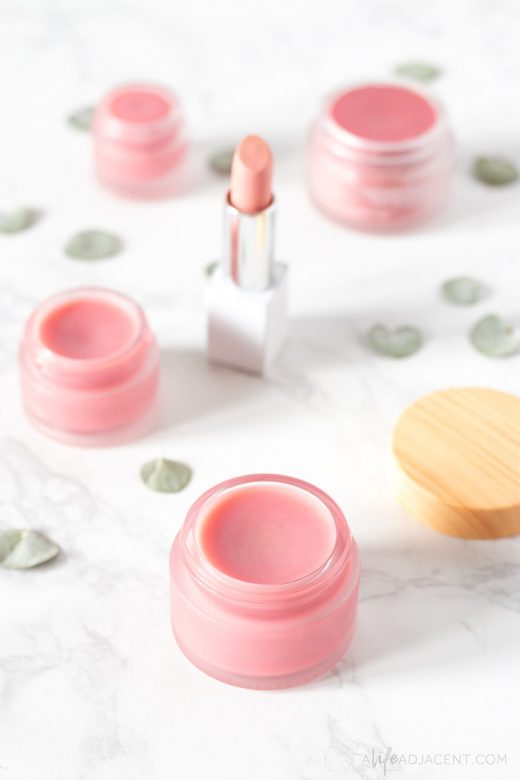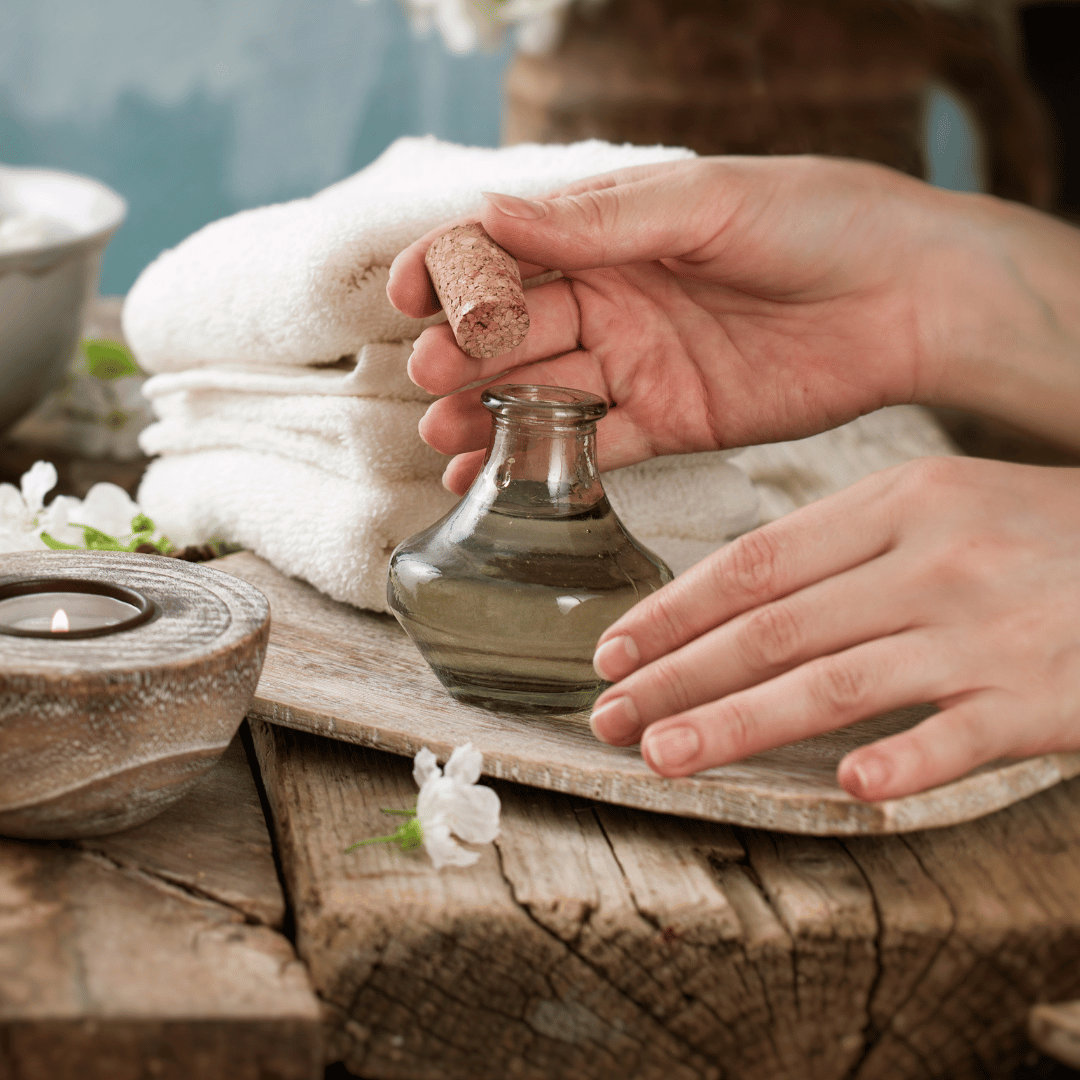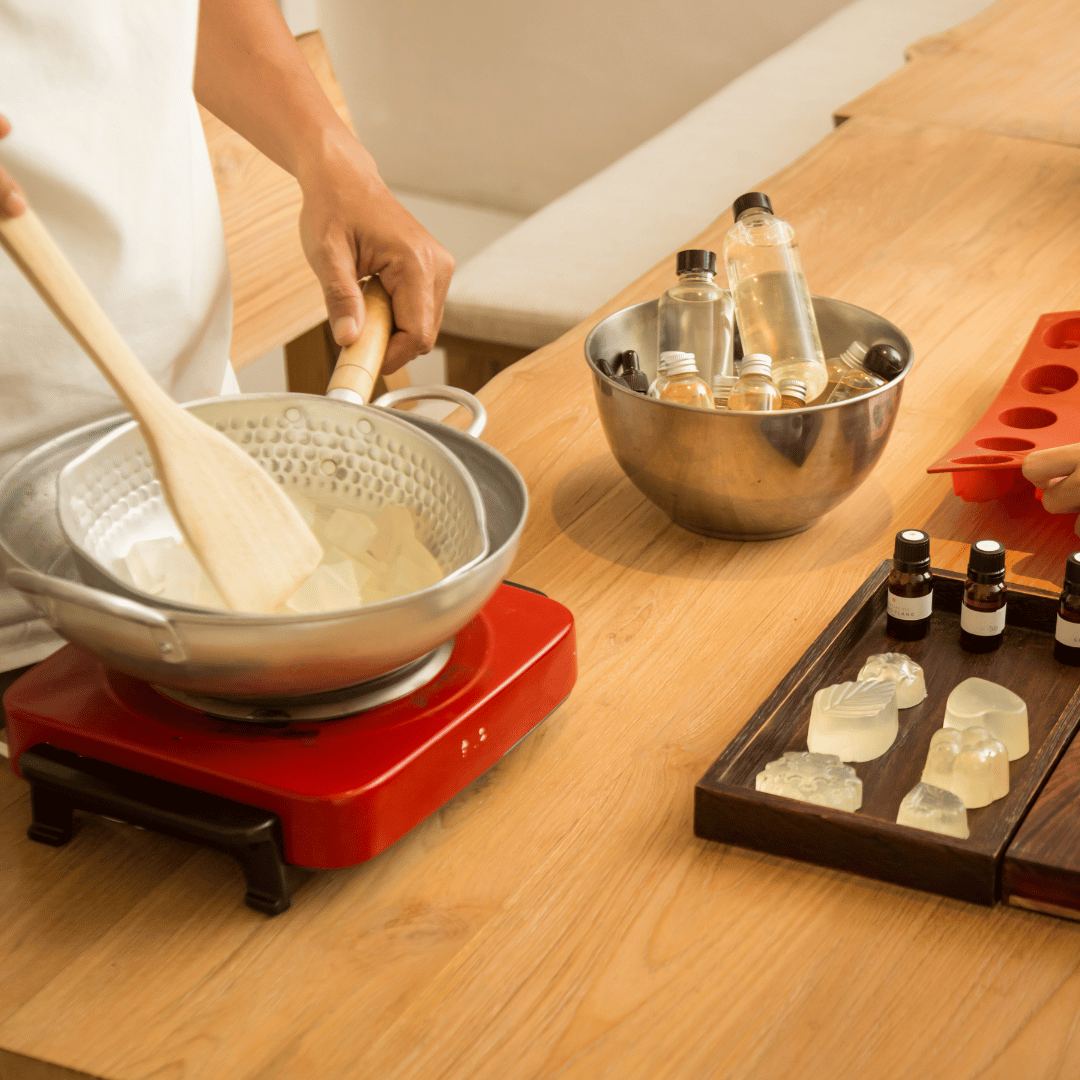Color is a brilliant way to give your products your own flair, and to really personalize your makes. But, with so many options for powdered colors it can be hard to know which one is the best for your needs. In this blog we will break down the basics of the differences between the different powdered colorants we offer.
Micas
Colored Micas, also known as Pearlescent, are a fine pigmented-coated mica powder. They are widely used in many cosmetic applications, and are the standard powdered color used in the industry. Colored Mica goes through a complex manufacturing process involving Mica Flakes, Titanium Dioxide and Iron Oxides or Ultramarines depending on the end color, to become the vibrant colors we use today. For cosmetic use, Colored Micas must then go through an extra process to refine and purify them even further.
Colored Micas can be added singularly to pre-mixed eye-shadow bases for stunning eye-shadows, or make up your own color by blending colors together. They are not limited to eye-shadows either, some of the more muted pinks, peaches and browns can be added to blusher to give a very successful effect, and can also be used to make your own mineral make-ups.
Colored, Coated Micas are further coated enabling them to disperse in water, rather than float on the surface. This means they are perfect for bath bombs, or where your Mica may be introduced to water as it avoids the issue of the Mica being attracted to the surface which in some cases can temporarily stain the tub.
Like normal Mica they can be widely used in cosmetic applications. They are almost all very alkali tolerant making them ideal for use in Cold Process soaps as well as in mineral make up. They add bright color and iridescence to many cosmetic products, although their large particle size means they are not suitable in liquid bases or melt and pour soaps as they sink-out of suspension.
Pigments
Almost without exception, Mineral and Organic pigments have a high tolerance to alkali or acid conditions and the color they appear to be in powder form is the same color they lend to the products they are added to. Pigments will not bleed within Melt & Pour soaps. Oxides and ultramarines are the easiest colors to use within your Cold Process soap. They are the least likely to fade, and can be intensified by having either ‘Oxide’ or ‘Ultramarine’ in the INCI name.
Powdered Dyes
Dyes differ from pigments in that they dissolve rather than disperse or suspend. Liquid dyes are easily recognized but powdered dyes look much like a powdered pigment although should not be added to your products in powdered form, but rather they should be diluted (usually in water) and then used to add color to your products. In most cases a concentrated liquid dye should be made from a powder by adding 5% of powdered dye to 95% clean water (deionized if you prefer) and if you intend to keep them for any time we’d advise adding a suitable preservative. Dyes have a tiny particle size and ‘travel’ through any aqueous product which means that they will ‘bleed’ when added to a melt & pour soap, so although they are easy to use and there’s a lot of choice, you may need to think how you use them if you’re making complex, maybe layered or multi-colored melt and pour soaps.
Colored Clays
In recent times Colored Clays have become a more popular way of coloring your products due to their natural pastels. It is also worth mentioning, clays are very popular as they are not required to have any Color Index (CI) number and so are listed as an ingredient rather than a ‘color’, so you can still label your product as ‘uncolored’ or ‘color-free’.
Is this color organic: Colors labelled as organic are labelled as so as they are organically occurring, and not because they are certified organic. It is currently not possible to get any organic colorants, unless you use an organic plant powder.
Is this color Vegan: We are happy to announce all of the colors mentioned in this blog post are Vegan, this includes all Micas, Coated Micas, Pigments, Minerals, Powdered Dyes and Colored Cosmetic Clays.
My soap looks grey: In this instance it is likely you simply need some more colorant. Lilacs and purples are notorious for producing a grey soap. It is also important to use a stick blender or a mixer to ensure your color is properly mixed.
My soap looks speckled: This issue comes from your color not being properly mixed. Stirring by hand is often not enough to mix your colorants properly so it is best to use a stick blender or a mixer. You can also mix your color into a carrier oil before adding to your product, which will allow it to combine a lot easier.
My soap has a colored lather: If you lather is also colored, this means you have added too much color. It is worth noting, thus far it is impossible to create a red soap without having a pink lather.
If you have any questions feel free to leave them in the comments or get in touch with us and we will answer you as best we can.



Comments
Thanks for share your blog post about for pigments.
Thanks for sharing such a great informative blog on this topic like Pigments, I have read fully, it helps me lot.
Dye Manufacturers in India
Dyes and Pigments Companies in India
Top Dyes Manufacturers in India
Dyes and Pigments Manufacturers in India